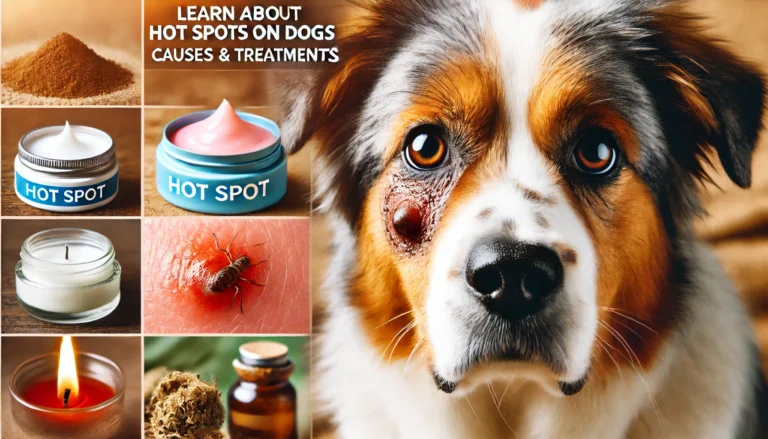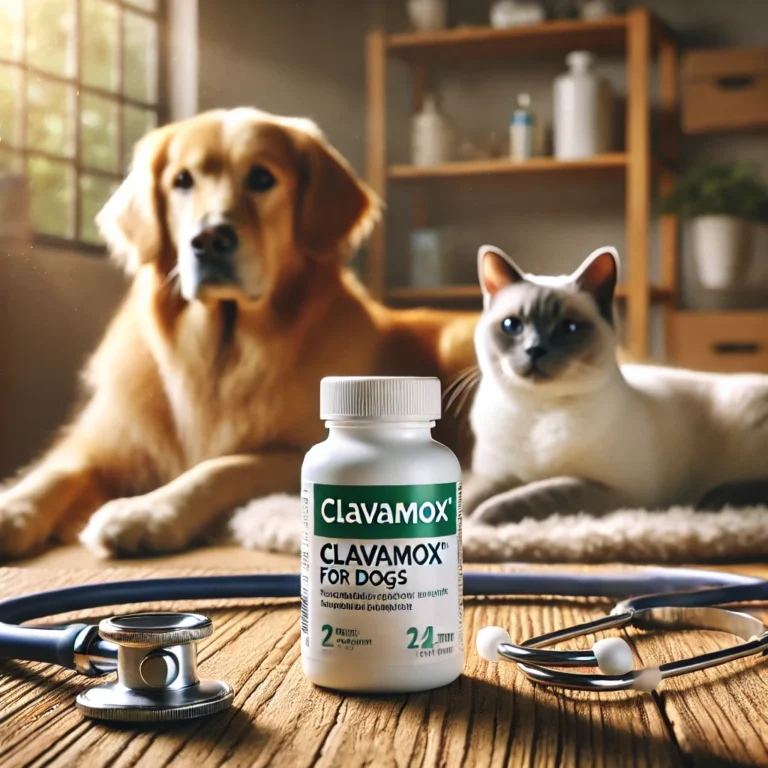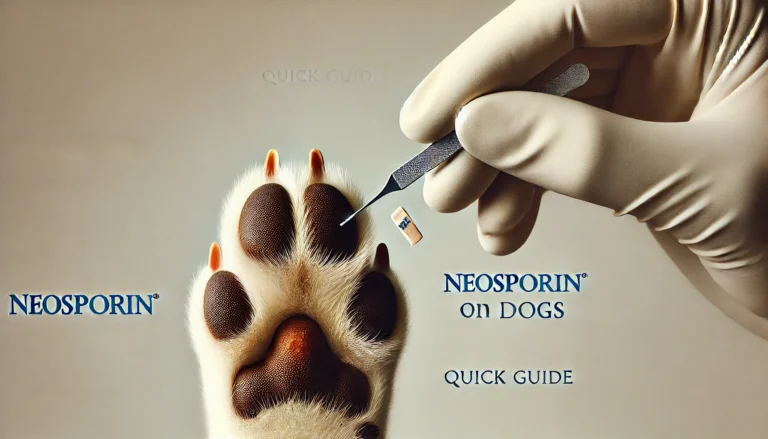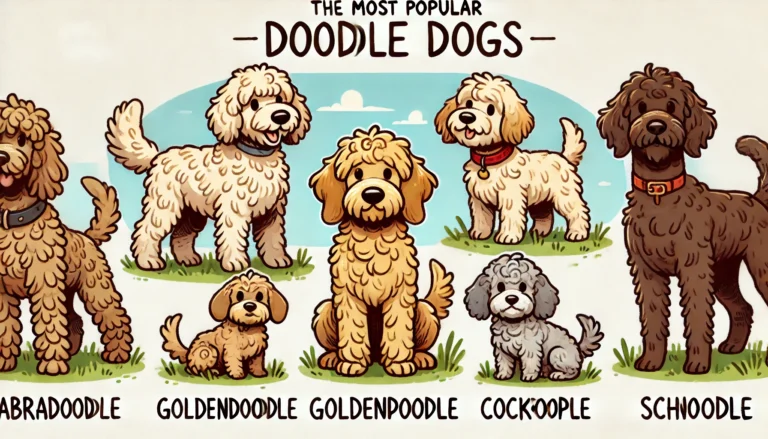Why Is My Dog Throwing Up Yellow? Is It an Emergency?
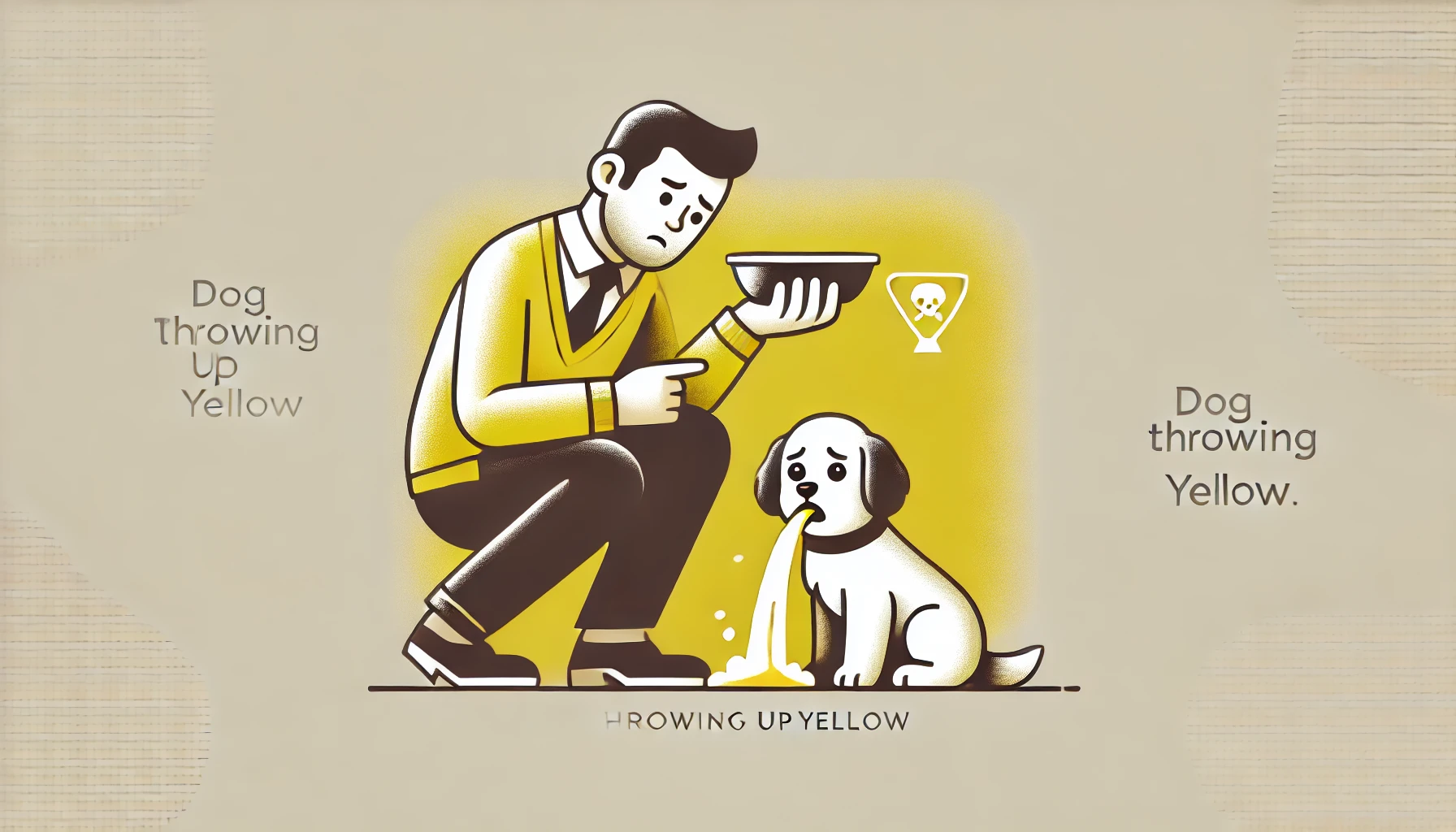
When your Dog Throwing Up Yellow, it’s typically bile—a digestive fluid. This isn’t necessarily an emergency but warrants attention to ensure it’s not a symptom of a more significant health issue. Here’s a detailed explanation along with actionable advice, enhanced by visual aids like graphs and tables.

Causes and Frequency of Yellow Vomit in Dogs
| Cause | Description | Frequency (%) |
| Empty Stomach | Stomach irritation due to bile on an empty stomach | 50 |
| Gastrointestinal Issues | Disorders like gastritis or pancreatitis | 30 |
| Dietary Indiscretion | Eating inappropriate or spoiled food | 20 |
Graph: Frequency of Yellow Vomiting Causes in Dogs (Here, a pie chart would illustrate the percentage of cases caused by empty stomachs, gastrointestinal issues, and dietary indiscretion.)
When to See a Vet
Checklist: When to Visit Your Vet
- Persistent vomiting lasting more than 24 hours
- Accompanied by symptoms like lethargy or diarrhea
- Dehydration signs such as dry gums and decreased urination
Flowchart: Steps to Take When Your Dog Vomits Yellow
- Assess Frequency (More than twice in 24 hours?)
- Check for accompanying symptoms (Lethargy? Loss of appetite?)
- Consult a veterinarian (Immediate call if severe symptoms are observed)
Managing Yellow Vomit at Home
Home Care Tips for Managing Yellow Vomit
| Action Item | Benefit |
| Feed small, frequent meals | Reduces bile irritation on an empty stomach |
| Provide a balanced diet | Prevents dietary indiscretion |
| Ensure easy access to water | Prevents dehydration |
Conclusion
Yellow vomiting in dogs often isn’t an emergency but should not be ignored. By understanding the common causes, recognizing when it’s time to see the vet, and knowing how to manage the situation at home, you can ensure your dog remains healthy and comfortable. If the condition persists or is accompanied by other symptoms, seek veterinary care immediately.
This approach ensures that your article is informative and provides actionable insights in an easy-to-digest format, effectively using the provided keywords and enhancing understanding through visual data representation.

